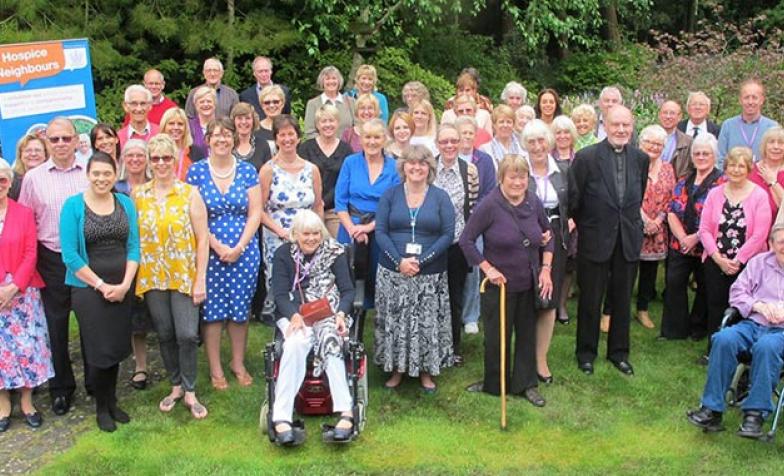
Delivering the programme

Decisions made during planning will influence what support is offered, to whom and for how long. As well as how the programme is managed or led.
Leadership approaches
All projects need some level of organisation, whether staff or community-led:
-
Staff-led programmes - tend to have more traditional leadership approaches with volunteers managed and supported by members of staff.
-
Community/volunteer-led programmes - These programmes are connected to a hospice but have fewer boundaries and restrictions, giving volunteers a higher level of trust, responsibility and freedom to act.
Accountability
When an organisation is responsible for funding, running and referring people to their community volunteering service, they are accountable for all that happens in that programme.
Volunteer- and community-led programmes also have to ensure that their activities are safe, effective and meet the needs of those they support. However, their accountability to the community and each other is different and enables them to be more responsive to changing and individual needs.
There is no right or wrong approach to community volunteering. The determining factors in leadership approaches arise mainly from the intention of the community volunteering programme, organisational culture and the readiness to embrace such a programme.
For some hospices this may be a journey that starts with a staff-managed programme, moving gradually to a more empowered volunteer-led approach.
What's important is it meets the needs of those it seeks to support, and there is evidence to prove it.
Activities that volunteers should avoid undertaking.
Volunteers in most hospice community programmes were not permitted to undertake personal care or give medication however, there were some additional activities noted by hospices.
More information can be found in the Analysis Report Section 9.
Managing boundaries
Boundaries emerged as a common theme. Many staff-led services had strict boundaries around the activities of volunteers.
In staff-led programmes, boundaries are often managed through training, supervision and support.
Community or volunteer-led programmes often have fewer and more flexible rules. Volunteers in these programmes have more freedom to act and are empowered to respond to any situation using their initiative, skills and experience.
Boundaries are essential for safety, but they must be proportionate, enabling volunteers to use their skills and initiative. Anecdotal evidence suggests that rigidly enforcing boundaries results in volunteers stepping beyond them without informing staff.
Co-creating boundaries may go some way to avoid this as may ongoing dialogue and discussion about experiences and scenarios. More information can be found in the Analysis Report, Section 6.
Managing Risk
The management of risk was an area that hospices raised throughout the study. All organisations had risk management strategies in place.
A small number of community-led programmes indicated a more hands-off approach to risk as volunteers had a more generic relationship with the people they supported.
More information on Managing Risk is in the Analysis Report, Section 9 and 5.




